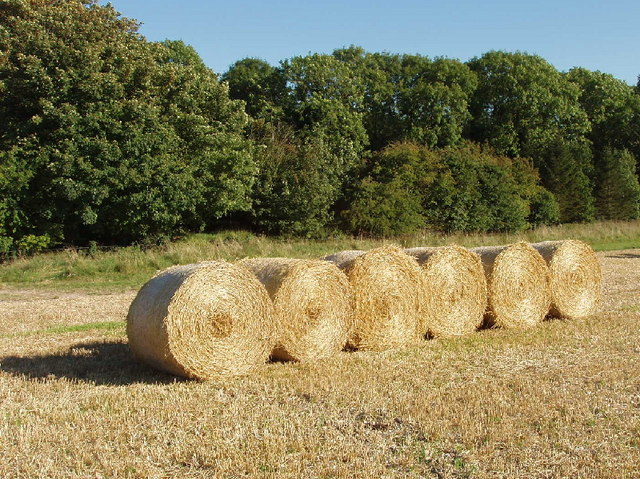There's a new phrase in town - 'iterative design' - its in the 2013 D&T curriculum and it must be new because you can attend a CPD course about it. But what does it mean?
Eddie Norman has written an insightful post about it, the key point for me is that the wording in the National Curriculum is wrong, its not 'the iterative design process' but an approach to design within the activities of designing.
Last year a trainee D&T teacher of mine conducted a small research project investigating how she might interpret the term ‘iterative design’ for use in her own classroom practice. She ended up using the Design Council’s Double Diamond as her framework for planning the students’ design activity. Although the Design Council original is as an amalgamation of eleven companies different approaches to managing design in four phases (discover, define, develop and deliver) Emma used mini-double diamonds that were subsets of the whole project. For example the first stage could be to generate design ideas (discover), then refine this to one or two ideas (define), next asking for feedback from peers (develop) and the pupil finishes by their refining ideas through modelling using the feedback (deliver). Emma’s work suggests that the four steps can be used iteratively at a small level within a design and make activity, rather than only for use at a more macro level with the four stages representing the whole process from design to realisation, which is how it is presented in the Design Council paper.
I think these four stages align with some aspects of ideas suggested from Ken Baynes and Tim Brown in Eddie's post. Personally I respond to the idea of at each step an opening out (exploring/ discover/ develop) and then the focussing through modelling (testing/ experimenting/ define/ deliver), rather than the implication of the word ‘iterative’ where I might just keep going around in circles!

No comments:
Post a Comment